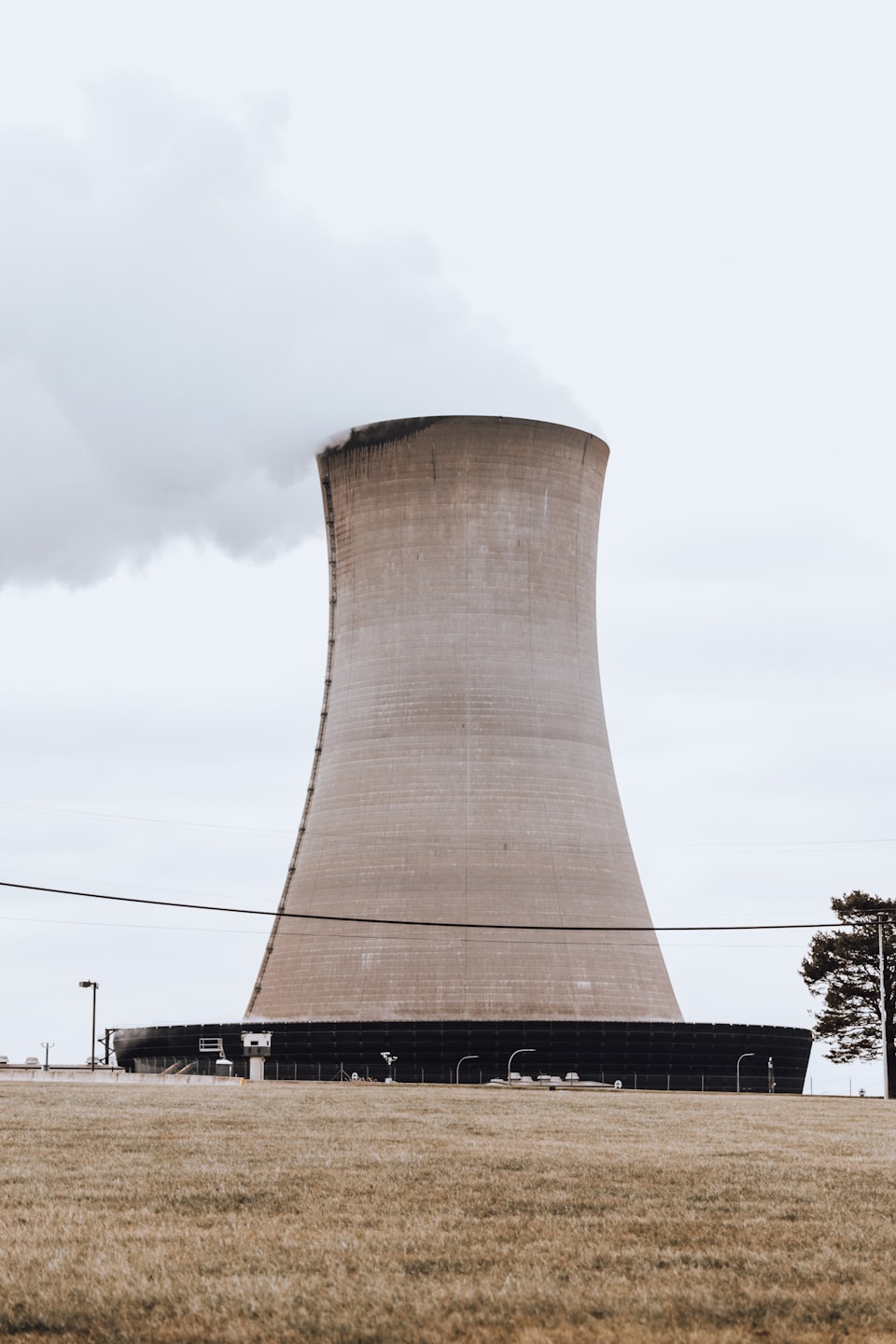Safety and Design Specialists
Safety Case Support

Hazard Identification (HAZID): A systematic process to identify potential hazards associated with a facility or operation. Examples include Hazard and Operability Study and Structured What-If Technique.
Design Basis Analysis: Evaluating the performance of a facility under a set of predefined conditions to ensure that the facility can withstand such events without significant safety consequences.
Probabilistic Safety Analysis: Quantifying the likelihood of different accident scenarios and their potential consequences using statistical methods. Supported by:
- Fault Tree Analysis: A top-down approach that uses a graphical representation to analyse the causes of system failures, identifying the root causes of a specific undesirable event.
- Event Tree Analysis: A forward-looking technique that starts with an initiating event and explores the possible outcomes and their probabilities.
Derivation of safety functional requirements, categorisation and classification and demonstration of ALARP.
Engineering Solutions

This service ensures engineering integrity through innovative methodologies.
Requirements Generation: Generation of Design Requirements, setting a clear framework to the project team and ensuring all stakeholders (designers, operators, regulators) share a common understanding of design objectives.
Functional Support: Design support across key disciplines including Systems, Mechanical and Civil Engineering. Niche support including Human Factors, Criticality and Thermo-Fluid Analysis also available.
Conduct of Design Studies: Including design optioneering/ ALARP studies, FMEA, FMECA, task analysis, ergonomic assessment etc.
Design Substantiation: Evidence to demonstrate that a design meets the specified safety, performance, and regulatory requirements within a safety assessment, such as a nuclear safety case.
